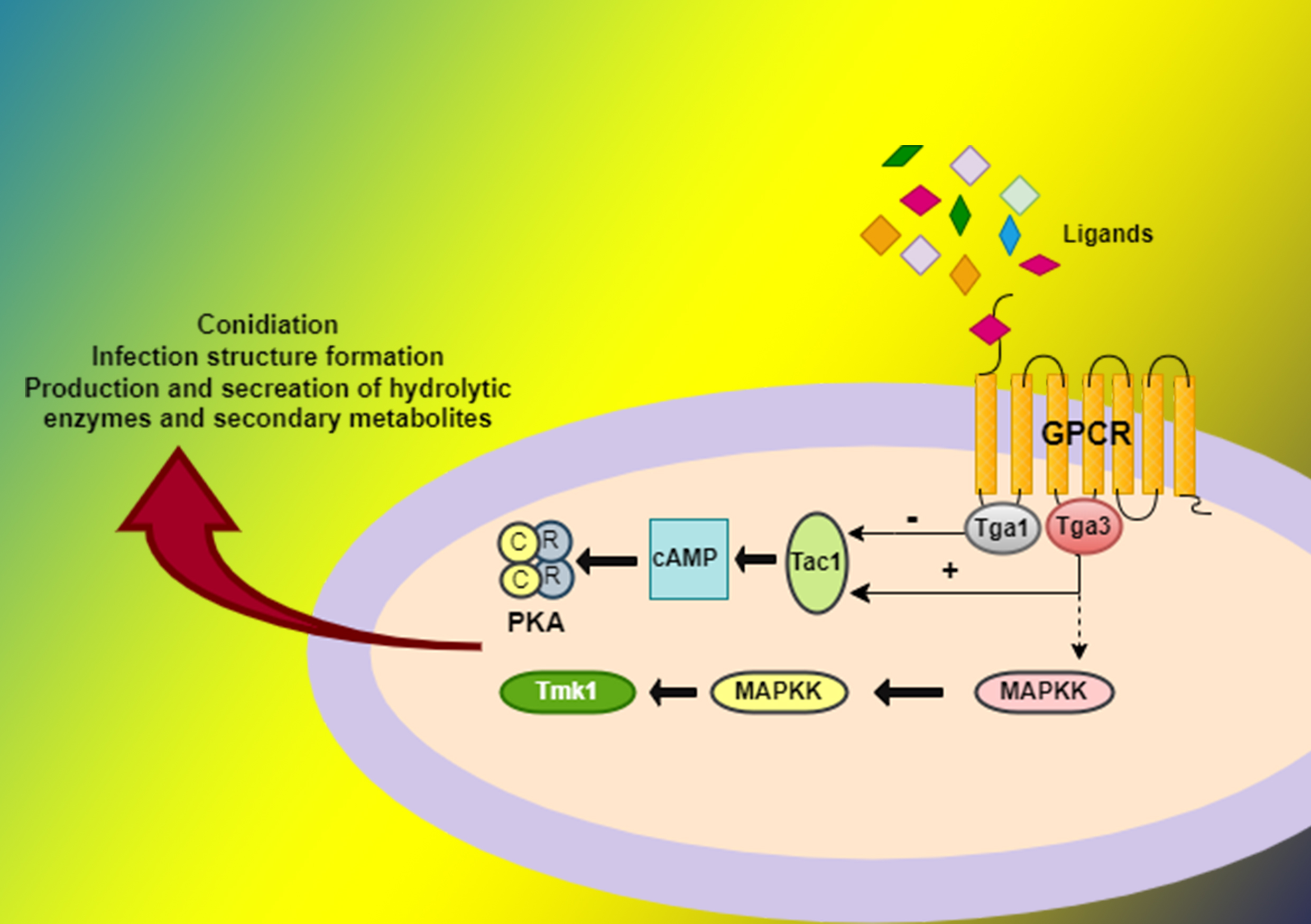Unlocking the Potential of Trichoderma: Exploring Its Role as a Beneficial Pesticide Agent and Unraveling the Intricacies of Signalling Pathways
##plugins.themes.academic_pro.article.main##
Abstract
In agricultural systems, insects are the primary pest, which results in considerable reductions in crop productivity and storage. Chemical insecticides are extremely hazardous to humans as well as to the environment and have been extensively used to manage insects during the past few decades. It is necessary to introduce an effective and eco-friendly alternative to minimize the usage of chemical insecticides. Trichoderma species are widely studied and used as a biocontrol agent in agriculture systems
due to their direct and indirect mechanisms involved in pest control. Direct and indirect pest management is mainly associated with mycoparasitism and activation of systemic plant defensive responses respectively. As mycoparasitic interactions are not merely a contact response, it is evident that Trichoderma recognizes signals from the host fungus and triggers the transcription of genes relevant to the biocontrol processes. Recent studies on the signalling pathways underlying Trichoderma biocontrol have revealed that heterotrimeric G-proteins, mitogen-activated protein (MAP) kinases and cAMP pathways have a crucial impact on processes that are involved in biocontrol. This review summarises the effect and the signalling pathways of Trichoderma as a biocontrol agent against pests.

